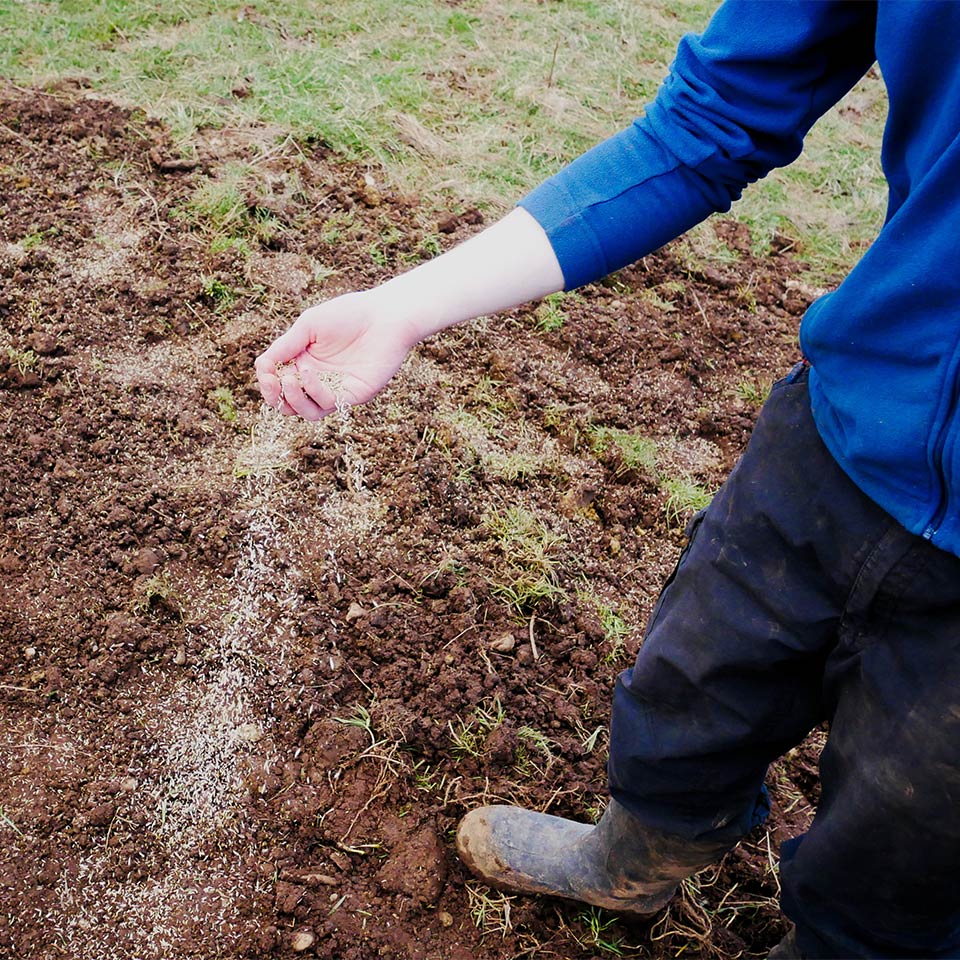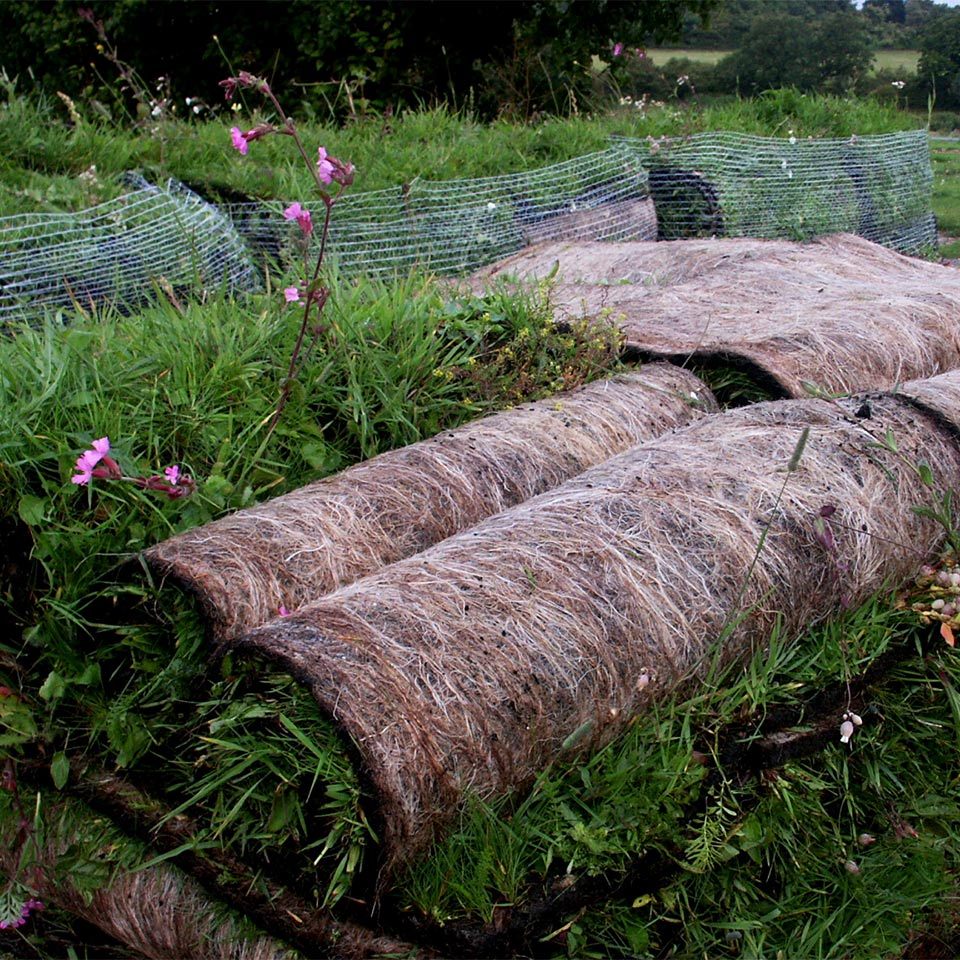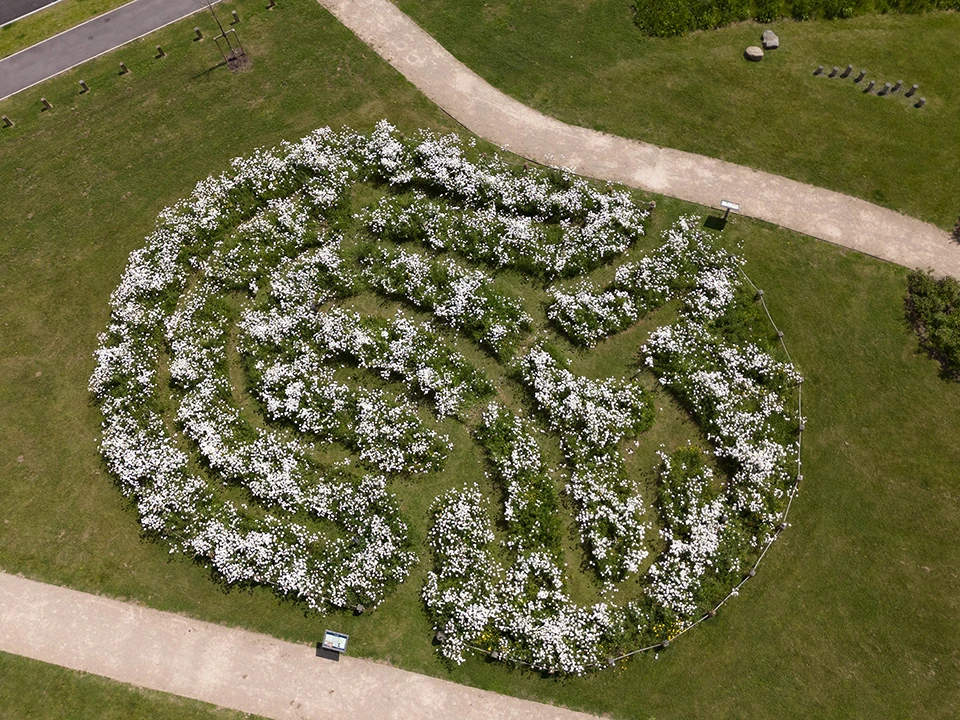Blog
How to Grow Your Own Wildflower Meadow Maze
No matter the size of your garden, there’s always room to support nature. From a sunny patch of lawn to a large container, creating a wildflower meadow—and even a playful meadow maze—is a wonderful way to help wildlife. Plus you’ll enjoy a splash of colour throughout the year.
What Is a Meadow Maze?
A meadow maze is a creative feature made by mowing winding paths through a patch of tall wildflowers. It’s fun for children, calming for adults, and brilliant for biodiversity. Plus, it turns a simple wildflower area into something interactive and magical.
Three Ways to Create Your Wildflower Meadow Maze
- Let It Grow
The simplest approach is to stop mowing a part of your lawn. This allows native wildflowers to return by themselves, boosting biodiversity.
🟢 Tip: Try No Mow May—a campaign encouraging gardeners to put away the mower during May and let nature take the lead. You’ll be amazed at what pops up when you let the grass grow!
To keep things tidy, mow an edge around your patch or carve out pathways to start shaping your maze.

- Sow Your Own
Prefer more control over your planting? Sow a wildflower seed mix in spring or early autumn.
How to do it:
- Choose a sunny spot and clear any grass, weeds, or stones.
- Rake the soil until it’s fine and crumbly.
- Scatter seeds evenly (mixing with sand helps you see where you’ve sown).
- Pat the soil down gently and water well.
- Mark out maze paths with string or garden canes to help you plan.
🪴 No space? Sow seeds in large pots and group them to mimic a mini maze on patios or balconies.

- Lay Wildflower Turf
If you’re after fast results, you can buy wildflower turf with established native plants. It’s more expensive but offers instant impact. Roll it out, water it in, and start mowing paths once it’s grown in.
Look for turf grown from UK-sourced seed to support native ecosystems. Photo Credit: wildflowerturf.co.uk

Maintaining Your Meadow Maze
Wildflower meadows are low-maintenance once established, but here’s what to expect:
Year 1:
- Mow often to 5–7cm whenever it gets too tall (around 20cm).
- Remove invasive weeds like nettles and thistles.
Year 2 and Beyond:
- Cut twice a year: once in late summer after flowering, and again in early autumn.
- Leave clippings for a few days to allow reseeding, then rake them away.
With wildflower turf, skip straight to Year 2 care once the turf has settled.
Why Create a Wildflower Meadow Maze?
- Supports bees, butterflies, and other pollinators
- Attracts birds and beneficial insects
- Improves soil health
- Encourages outdoor play and nature learning
- Connects you to the rhythm of the seasons
It’s also a fantastic way to introduce little ones to the joys of gardening and wildlife.
🌿 Case Study: The Meadow Maze at Woodgate
At the heart of Woodgate, we have created a meadow maze as part of the community’s central village green. Planted in the shape of a fingerprint, it symbolises our approach to sustainability. It features over 50 wildflower varieties, to attract bees, butterflies and other pollinators.
As well as being a playful and peaceful place to explore, the maze also forms part of the B-Lines project. This national initiative aims to restore wildflower-rich corridors across the UK.
Inspired by Plantlife’s No Mow May campaign, the Woodgate maze is a perfect example of rethinking green space for ecological gain.

Join the Movement: No Mow May
Take part in No Mow May and give nature a boost. Letting your lawn grow during May can lead to ten times more nectar for pollinators!
💡 Bonus: Mowing less means more time for tea in the garden and less effort spent trimming grass!
Find out more about No Mow May.
Start Your Meadow Maze Adventure Today
Ready to turn your garden into a haven for wildlife? Whether you’re letting it grow, sowing seeds, or rolling out turf, a wildflower meadow maze brings joy, colour, and life to your garden.
🌿 Need more inspiration? Download our free Gardening for Wildlife Guide and discover more ways to help nature thrive right outside your door.
